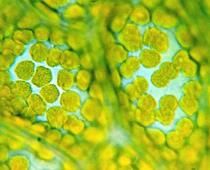Test: Organisation of the Organism - Year 11 MCQ
10 Questions MCQ Test - Test: Organisation of the Organism
All cells, including the bacteria shown here, contain ribosomes. What is the function of ribosomes?


This is a picture of animal cells. Mitochondria are found in all plant and animal cells. What do mitochondria provide?
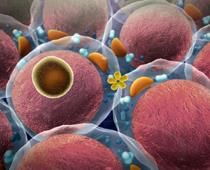

| 1 Crore+ students have signed up on EduRev. Have you? Download the App |
This is an image of a nucleus. What is the name of the chemical found inside the nucleus which contains the genetic code?
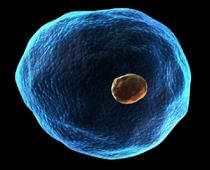

At fertilisation, a sperm cell fuses with an egg cell. Which of these structures is never found in sperm or egg cells?
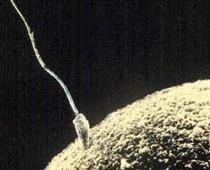
Which of these structures are located in all plant and animal cells and contain DNA?
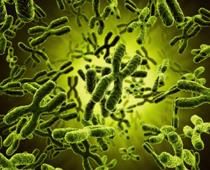
This is a diagram of an animal cell. Which of the following is not found in an animal cell?
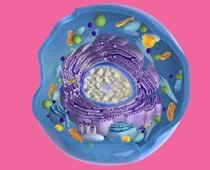
This is Spirogyra which is a type of alga found in ponds. What are the green structures within the cytoplasm?
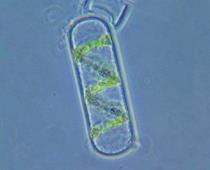
Plant cells are shown in this picture. What are the pale blue structures?
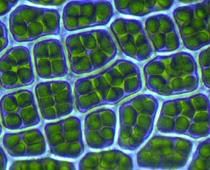
Chlostridium botulinum are dangerous and produce a toxin which can be fatal. Which type of cell are they?
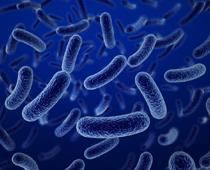
This plant cell is packed with structures which make sugars by the process of photosynthesis. What are they called?
